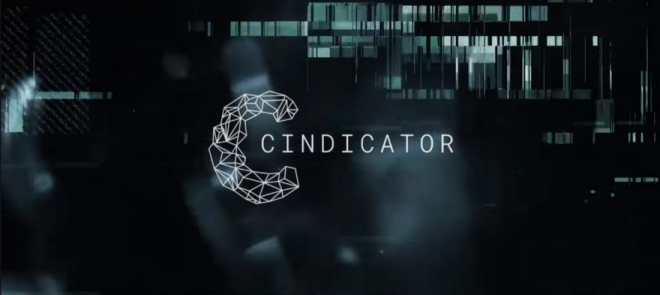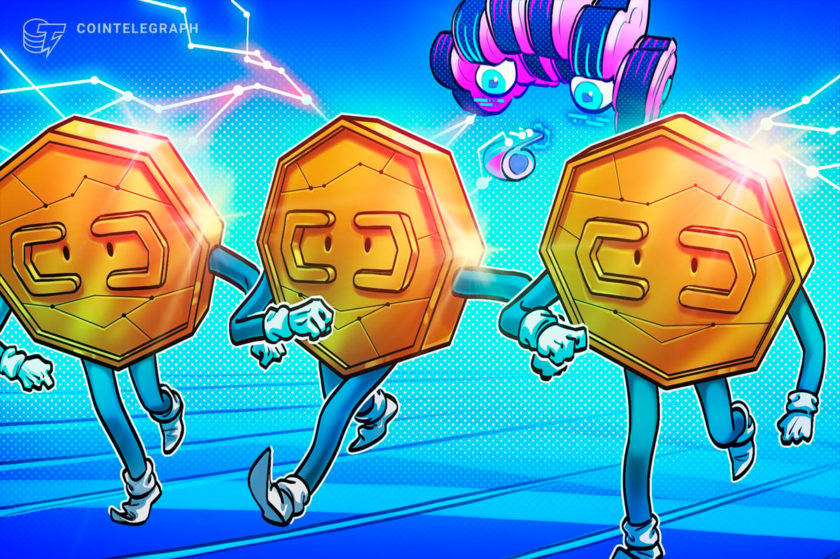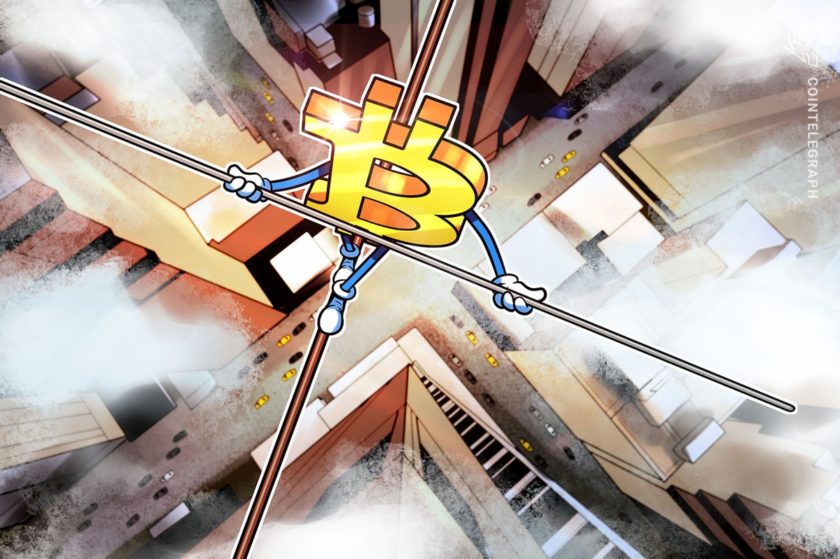Cindicator CEO Mike Brusov on Market Analytics
November 23, 2018 by Paul de Havilland
Cindicator is a hybrid intelligence market analytics platform where crowd wisdom meets artificial intelligence to generate market predictions and data. CEO and co-founder Mike Brusov sat down with Bitsonline in Seoul over a coffee to discuss the platform, its analytics, and Asian expansion plans.
Also read: Growing Number of Exchanges Embrace Bitcoin ABC as ‘BCH’
Subscribe to the Bitsonline YouTube channel for great videos featuring industry insiders & experts
What is Cindicator?
Cindicator is a platform where trader, analyst, and investor predictions and technical analysis meet artificial intelligence, generating accurate analytics for the platform’s users. Analytics are purchased with the platform’s native tokens, CND.
The platform was recently a finalist in the BBVA Open Talent Awards, the world’s biggest fintech competition, which assesses and awards the most innovative startups in the financial sector. Cindicator boasts 120,000 users, which includes 70,000 token holders (4,000 of whom use CND tokens solely to buy data, without otherwise participating in sharing insights).
It also has a team of six to seven internal analysts, who are employees of the company. As Brusov said, the hybrid crowd wisdom-AI analysis aims to solve the primary problem that has always plagued traders and markets–a lack of information:
“…the main challenge for traders… [is a] lack of data… they need access to… unbiased sources of data. For example, we can generate one indicator, and then traders can use that indicator in different ways.”
Analysts can share their indicators and analysis in return for CND. Monetizing intelligence incentivizes analysts to share their insights. That flattens the risk of losing for less experienced investors.
On Cindicator’s Prediction Capabilities and Black Swan Events
An analysis of the platform was undertaken by Rexovas and published in a Medium post to discuss the tool’s level of accuracy. The findings were interesting on two levels. Firstly, the analysis found that out of 13 indicators that were tracked, 11 of them, or 85 percent, were accurate. Only two were inaccurate.
The analysis found problems at the extremes. When the market was extremely bullish, Cindicator, because of its reliance on market sentiment, was susceptible to failing to see downside risk. On the contrary, at levels of extremely bearish sentiment, Cindicator’s accumulation of analyst sentiment found it difficult to identify upside potential.
This is, counterintuitively, also valuable information. Quoting the American Association of Individual Investors, Rexovas wrote:
“If you see the survey reaching all-time levels for either bearish or bullish, you should expect that a market is probably nearing a bottom or top, respectively.”
Indicators, then, that are approaching all-time highs or lows are useful as signals that the opposite of the prevailing sentiment may be imminent. Brusov was less interested in Cindicator’s exact prediction accuracy than its ability to offer unbiased information to traders and investors.
All market information is useful, and it appears that even when Cindicator didn’t predict the future accurately, if a trader used the information within a wider context of understanding how markets can be skewed at the extreme edges of price levels, counterintuitive investing would have paid off. That is, when things are getting too hot, it might be time to take a break from the kitchen.
Brusov also discussed the problem of Black Swan Events. The platform has a cluster of analysts that specialize in predicting Black Swan Events. A Black Swan Event is a fundamentally unpredictable event: a surprising election victory, inexplicable price movements, etc. Users of the platform can choose to follow data from the Black Swan Cluster, just as they can choose any sources of analysis on the platform.
Two Layers of Intelligence, Institutional Players Coming
Brusov described the platform as boasting two layers of market intelligence. The first is crowd wisdom–the collective analysis that arises from commonly held sentiment. The second layer is artificial intelligence, learned by machines from humans over time. Putting the two together gets hybrid intelligence, a combination of human and machine analysis.
Brusov says that there are 12,000 hedge funds worldwide, and only about 300 of them are cryptocurrency funds. But he believes many traditional investors are increasingly interested in crypto:
“The majority of traditional hedge funds have a strong interest in crypto markets.”
80 percent of current Cindicator data, which did not even offer crypto insights three years ago, is crypto-related, suggesting a surging interest in crypto markets, despite what many Wall Street veterans say.
Asian Expansion Plans
Cindicator has recently established an office in Seoul and localized its website in Korean. It is also looking to become active in Japan and China. On its move into the Korean market, Brusov said:
“In South Korea we see a large, thriving crypto community. Trading the stock market is already very common and now an increasing number of people are interested in cryptocurrencies and digital assets. On some days nearly a fifth of the global trading volume came from South Korea. We believe that both our collective intelligence platform and analytical products will resonate with innovative Korean people who are open to change and new opportunities.”
Cindicator’s growth to 120 thousand active users in the past year–which Brusov attributes largely to a token sale that created a community–suggests the startup has a long-term future in the cryptoeconomy.
Have your say. Are you a Cindicator user? How has your experience been?
Images via Pixabay







